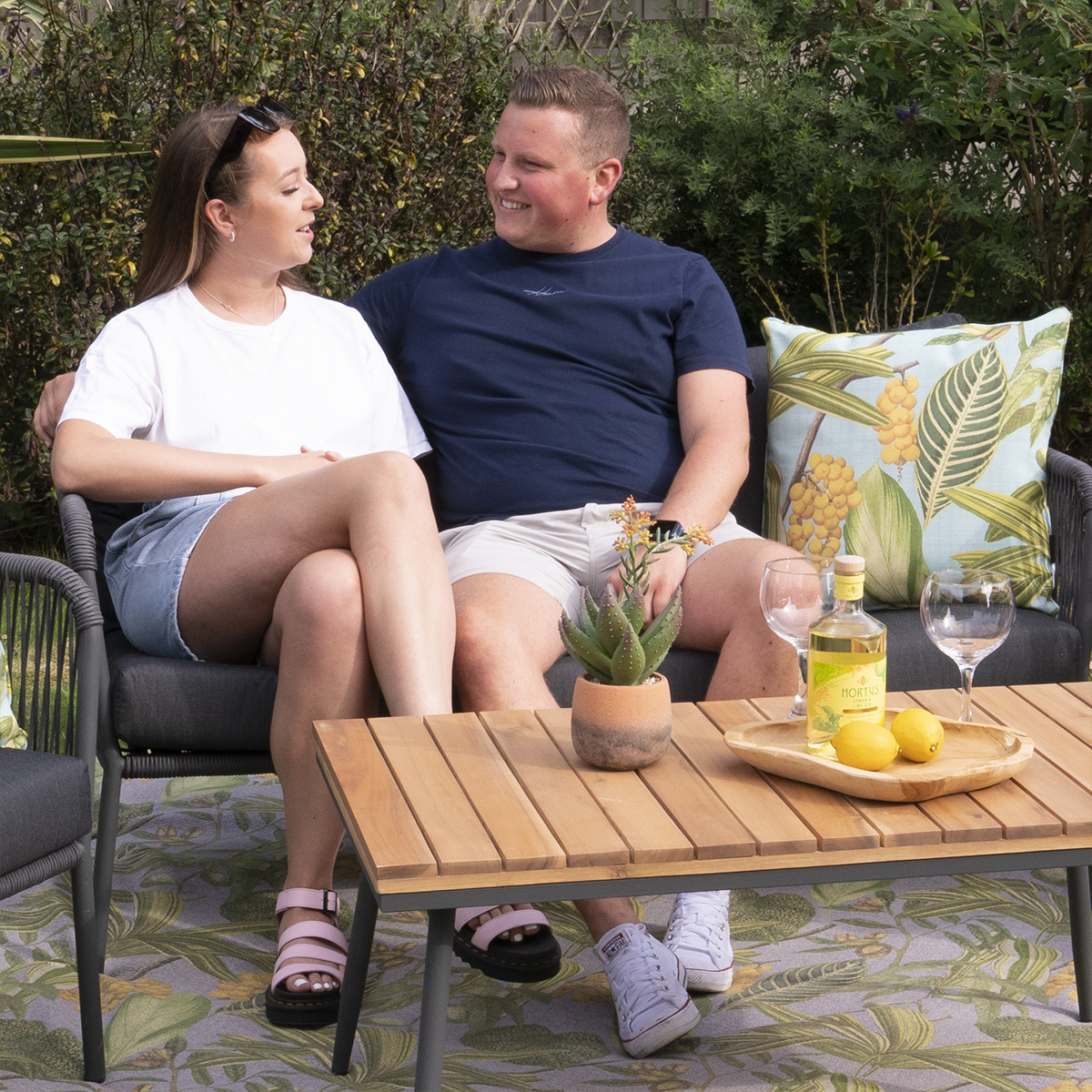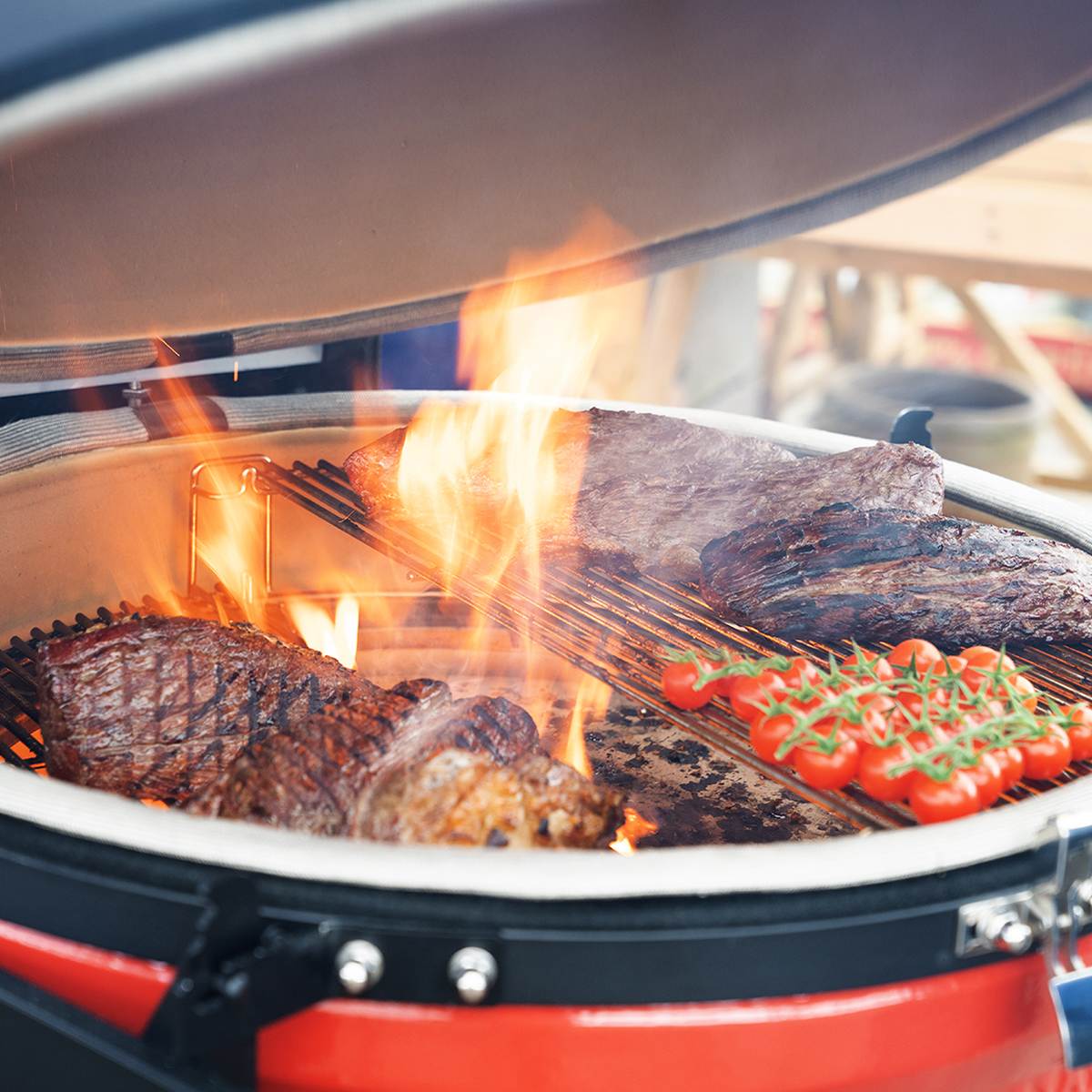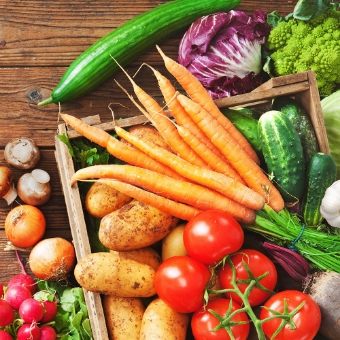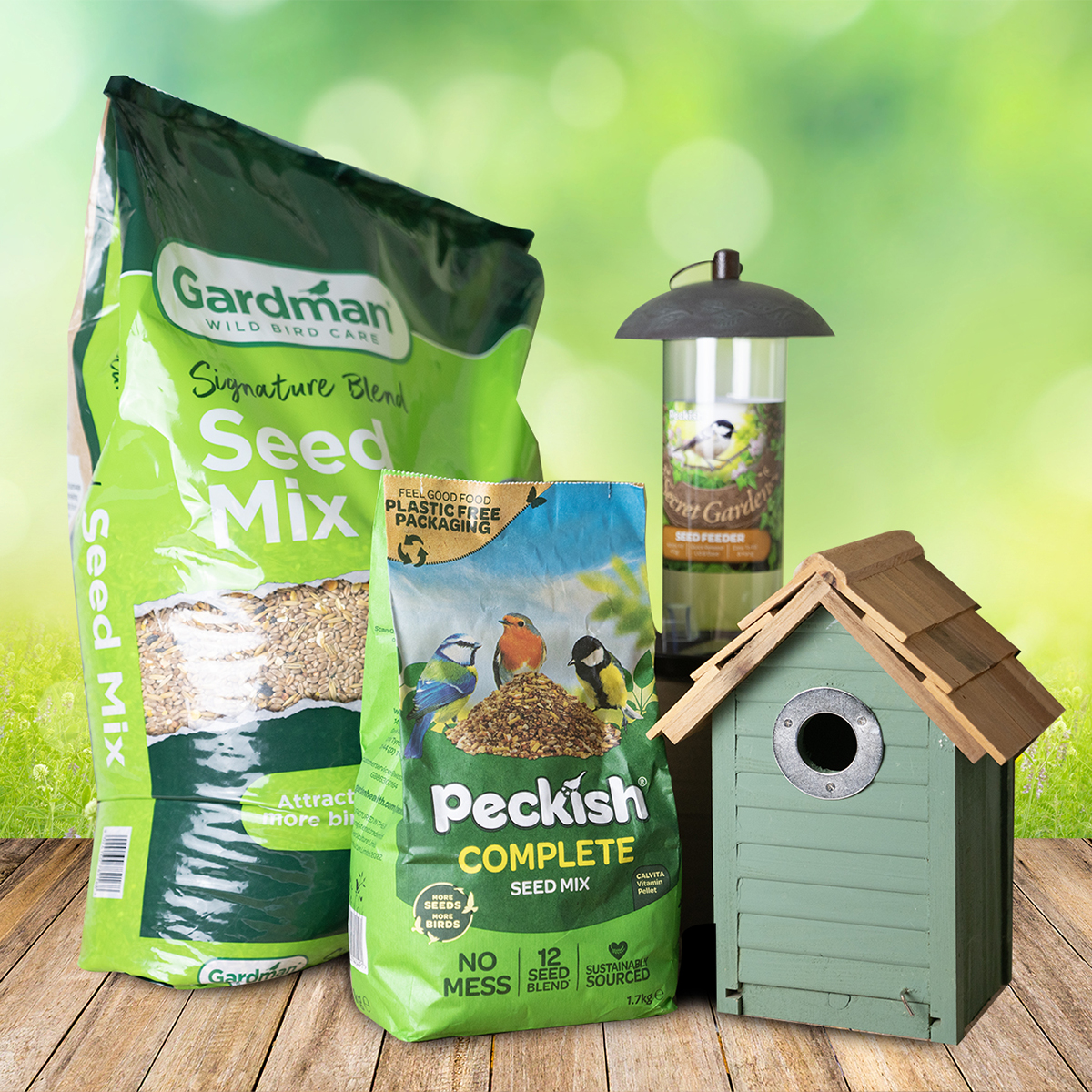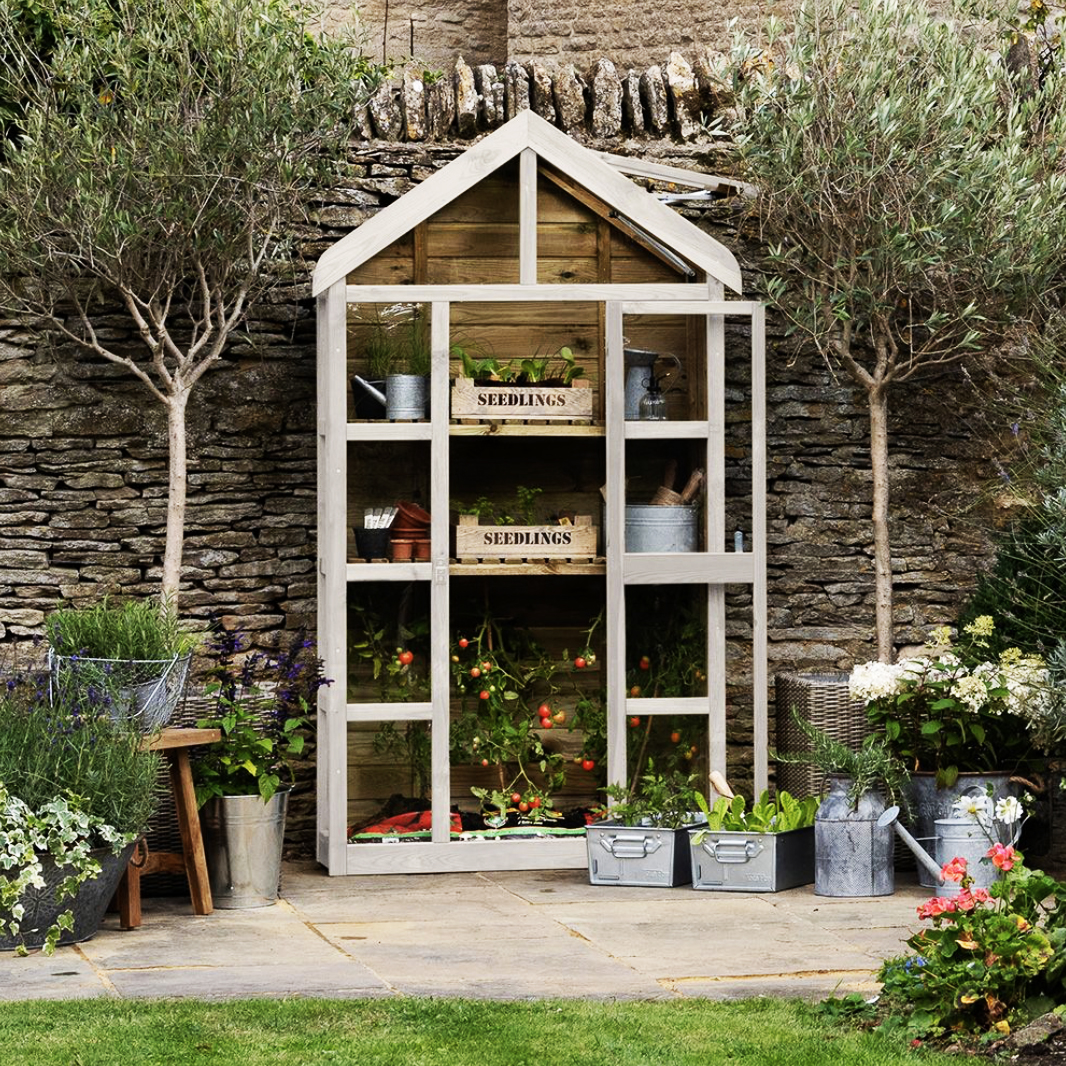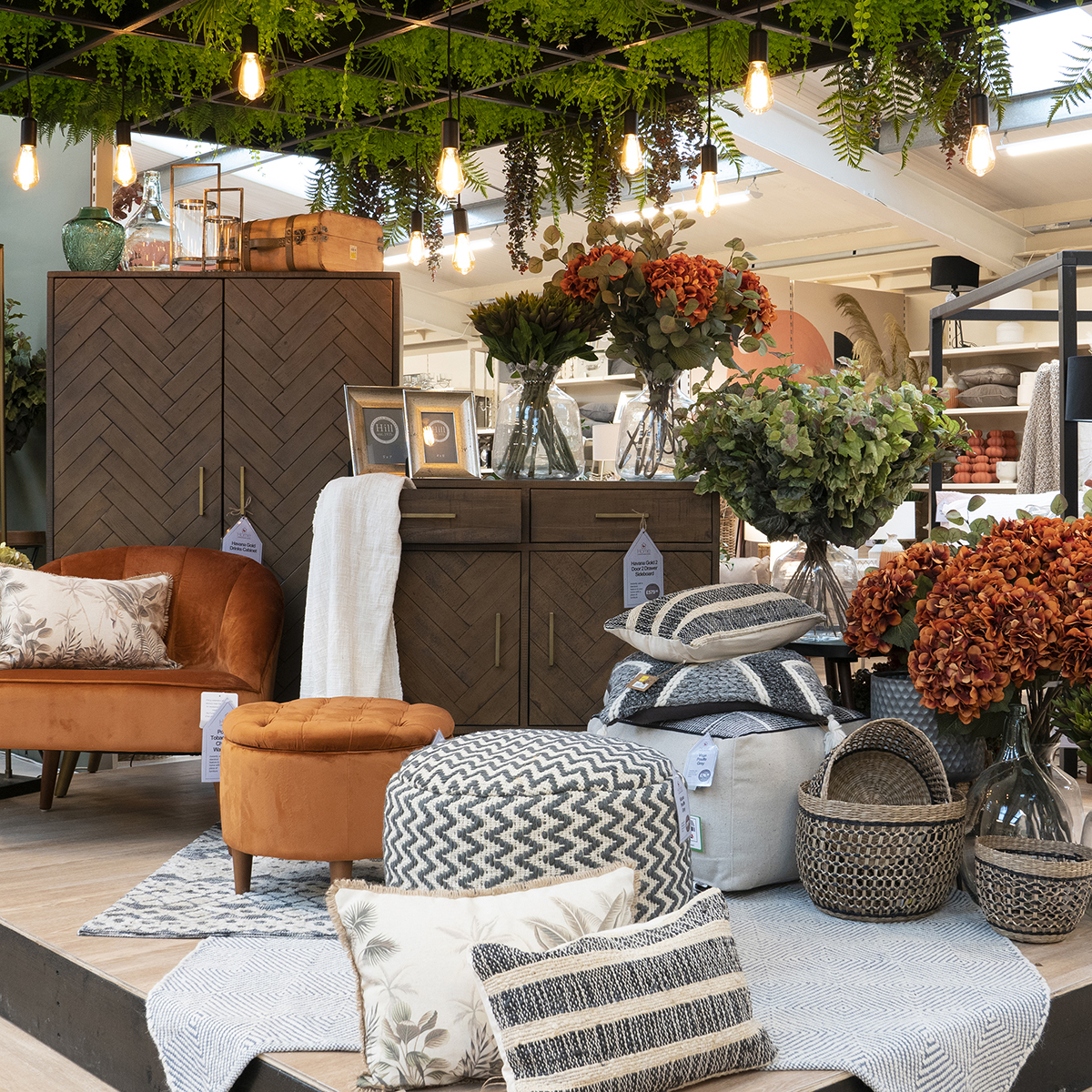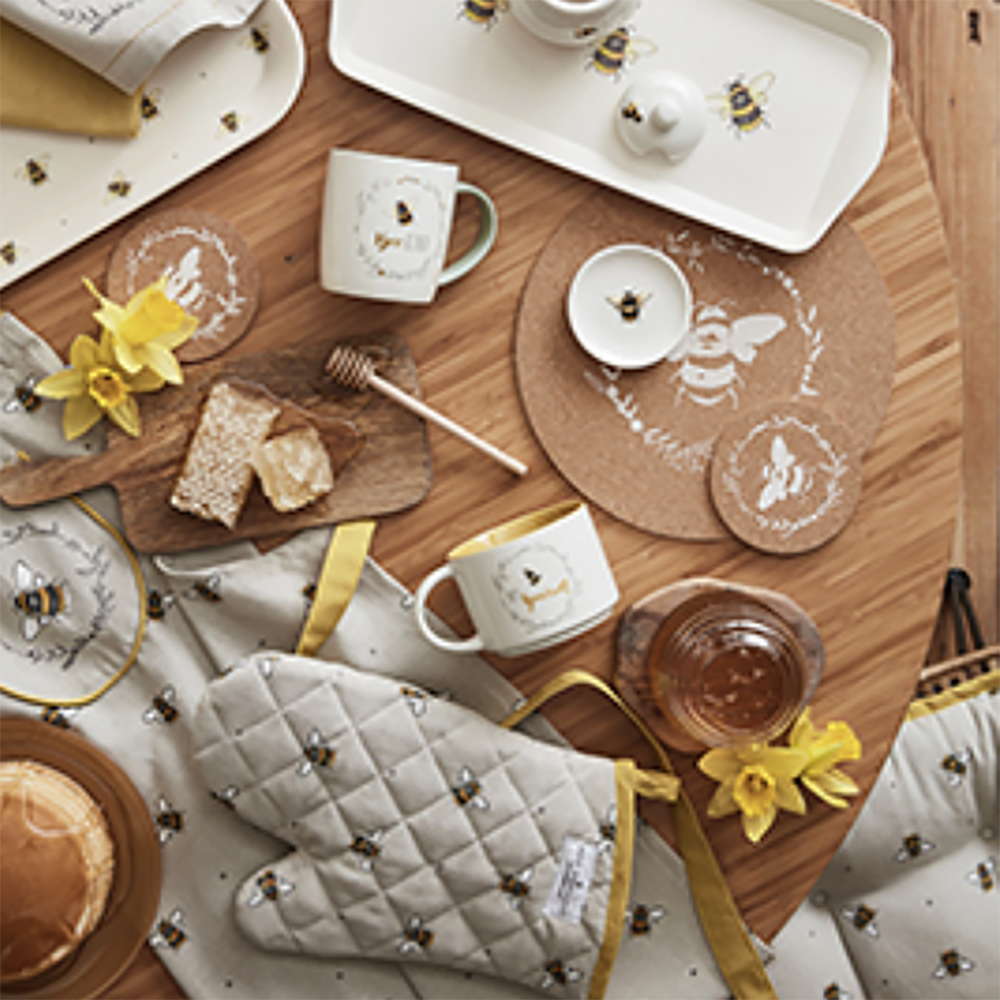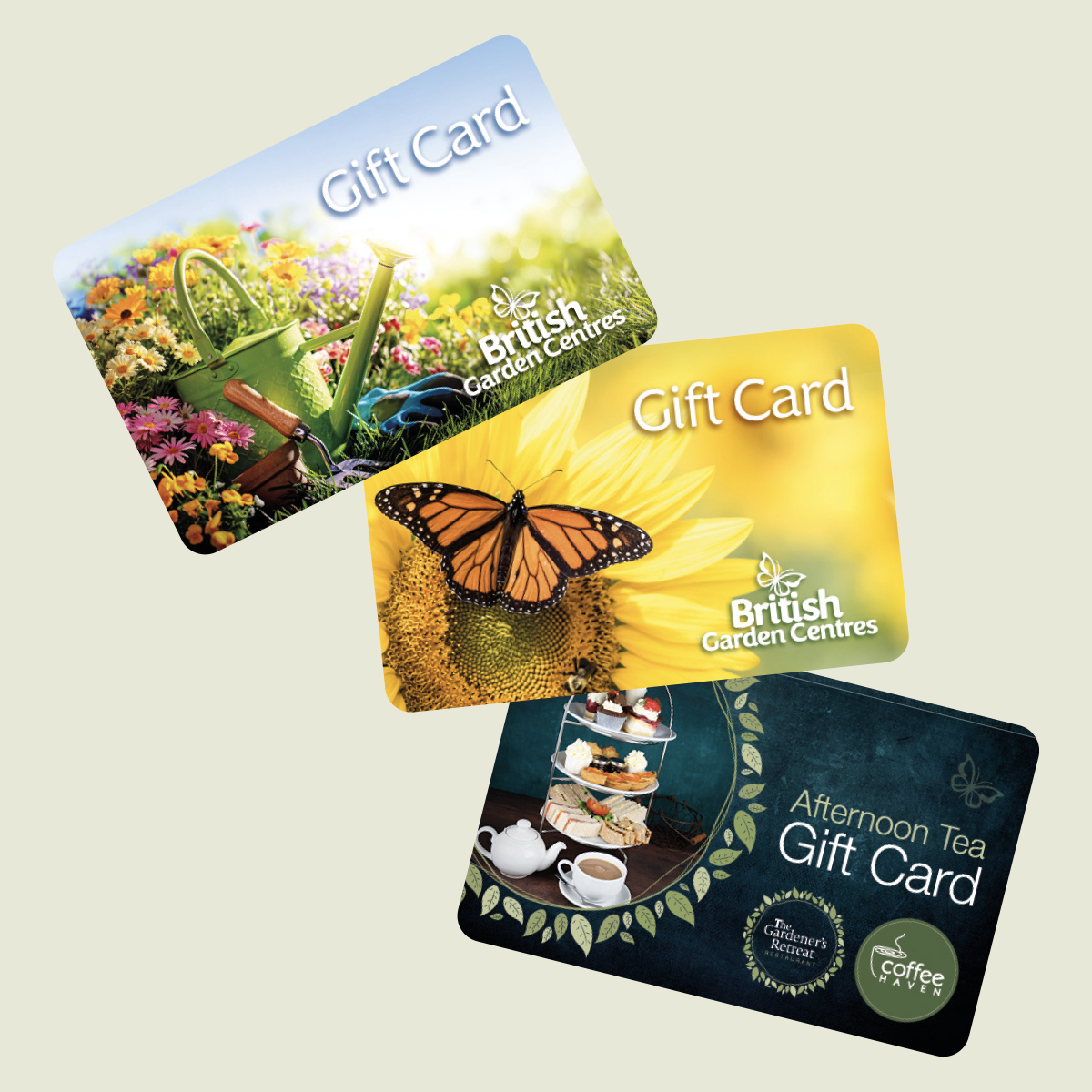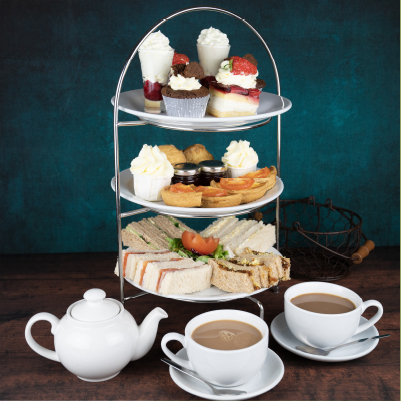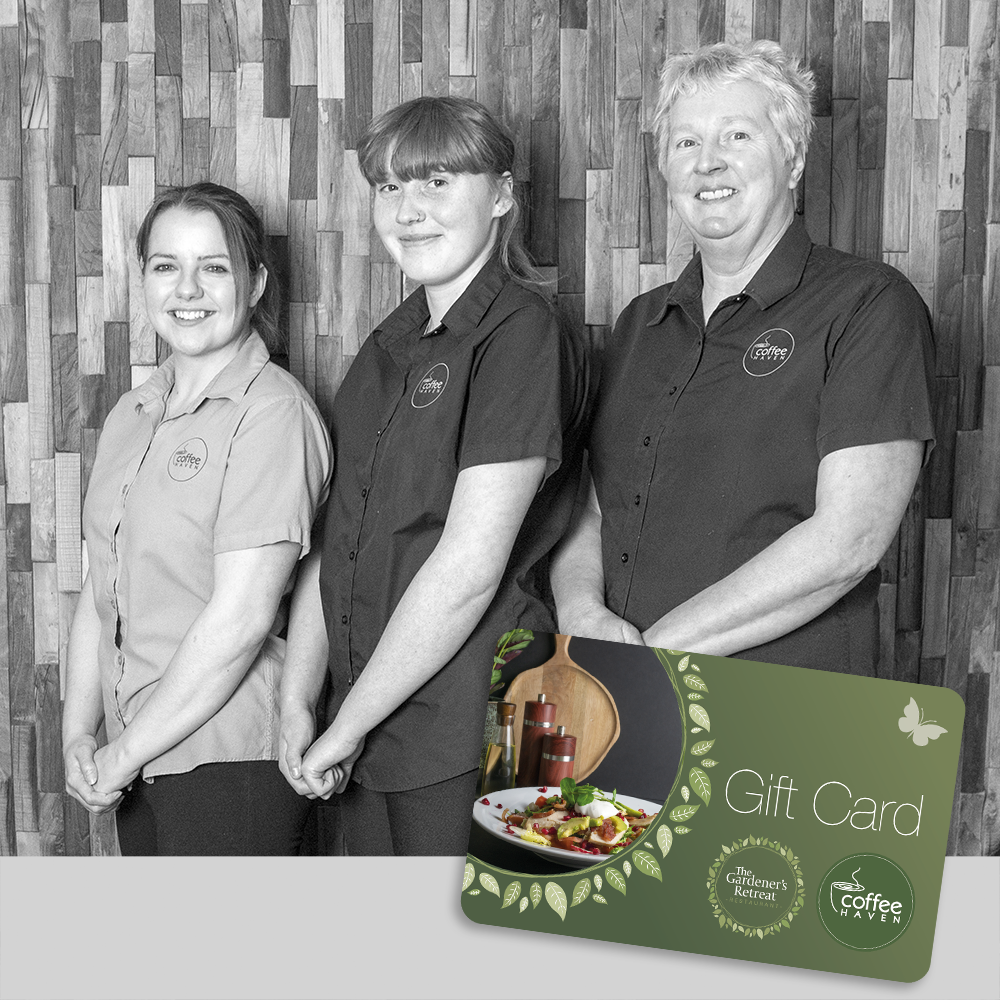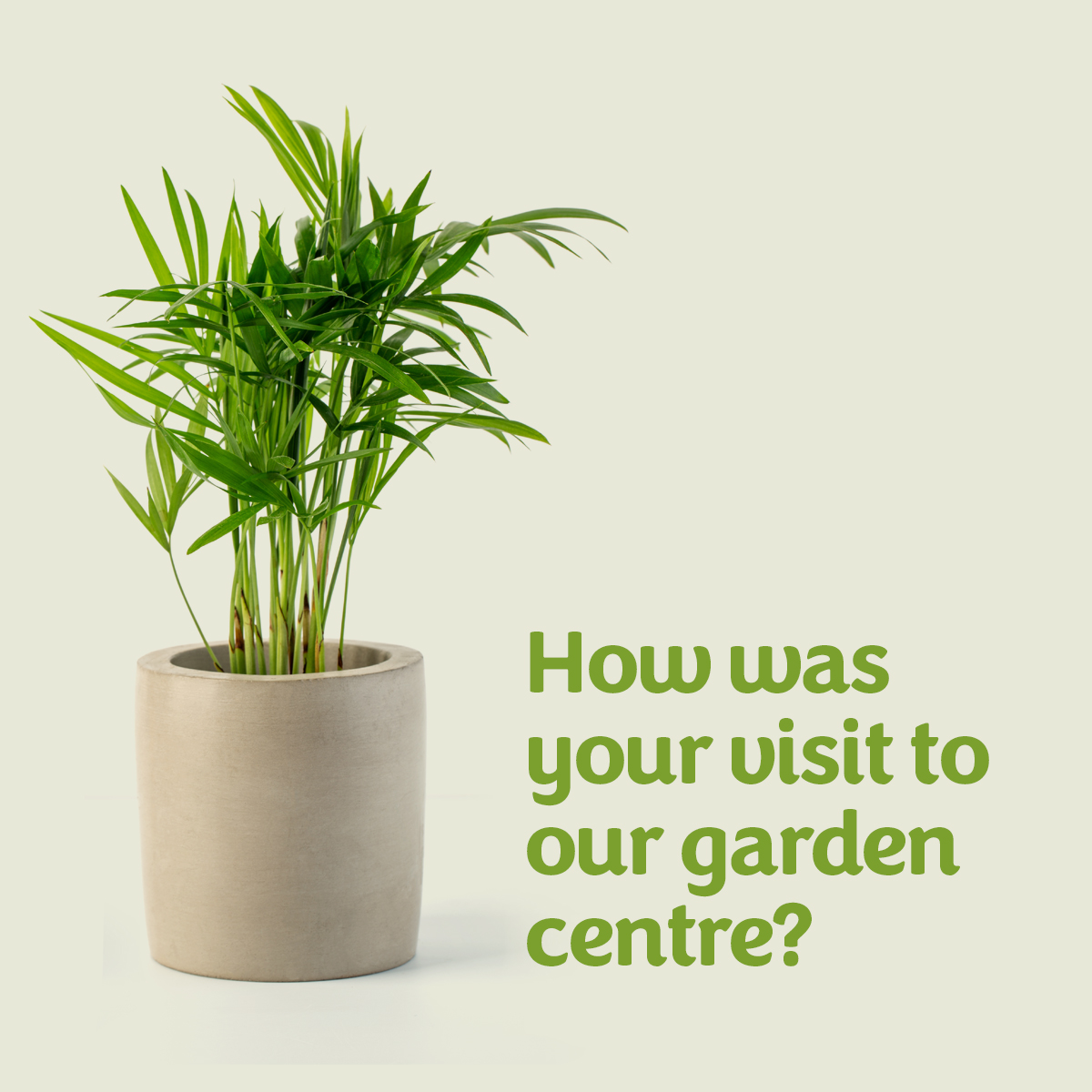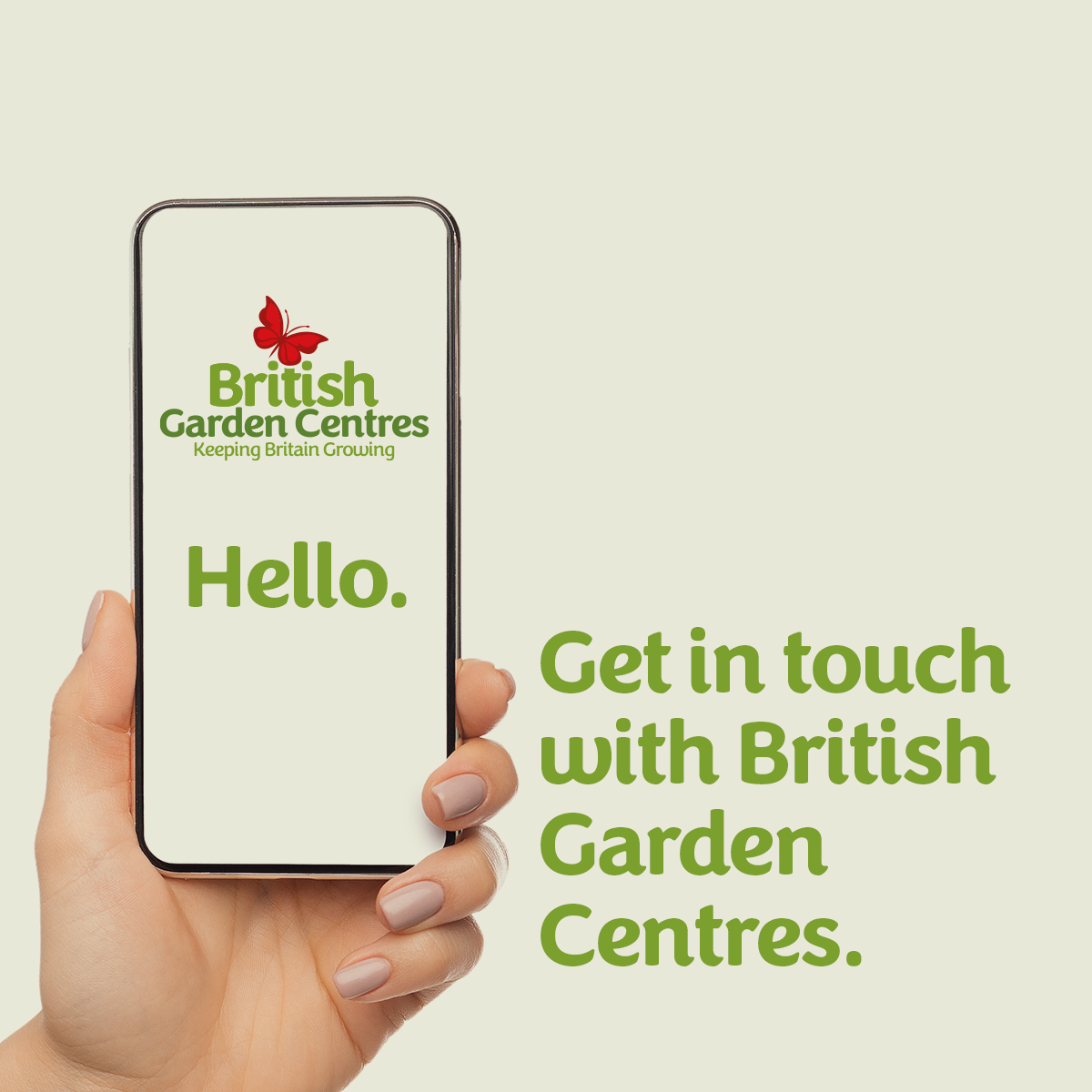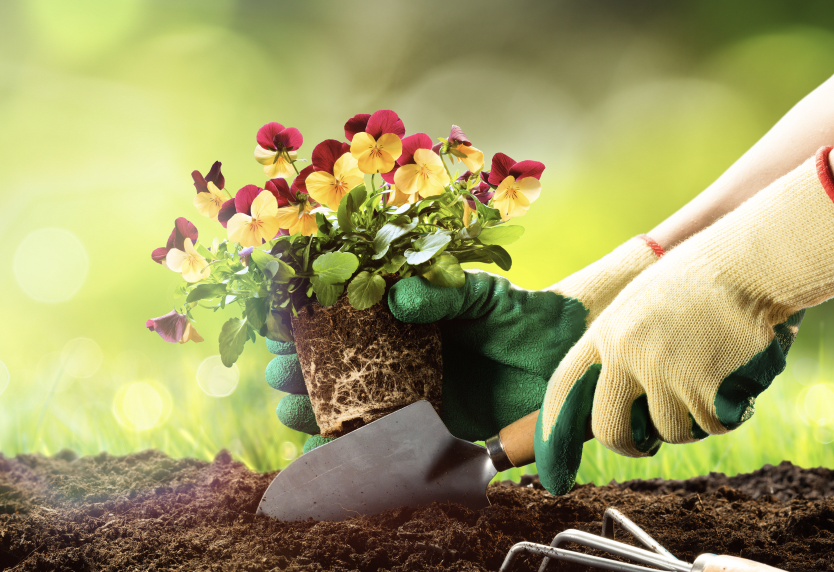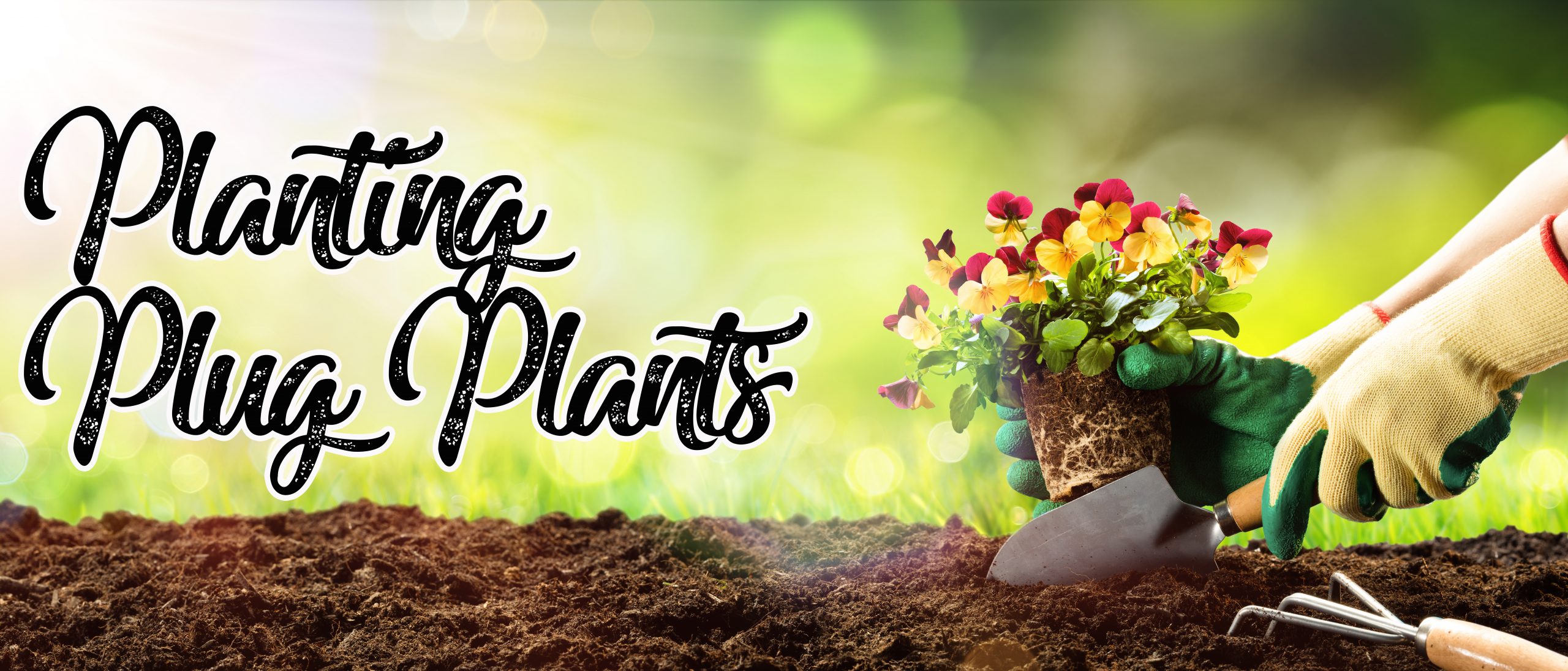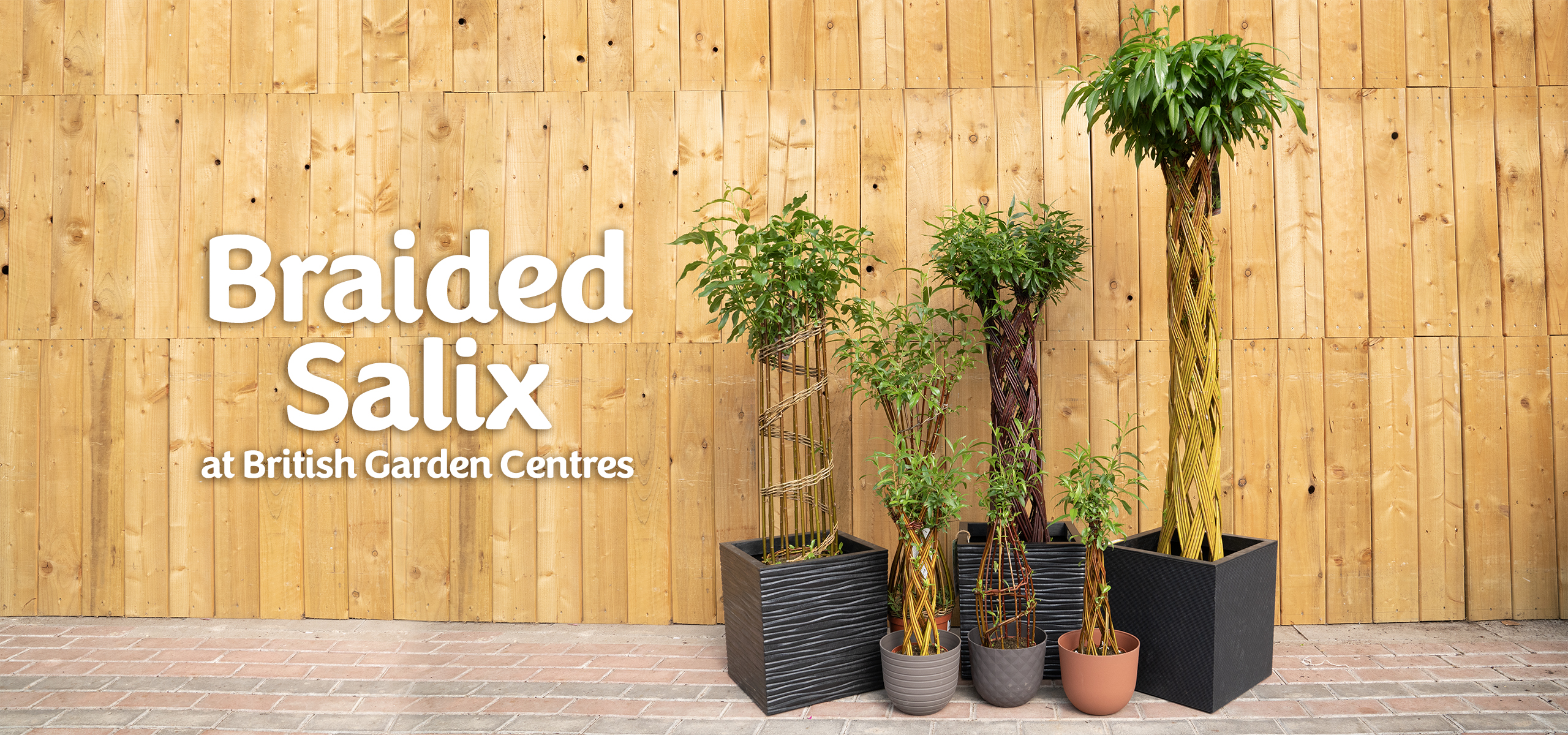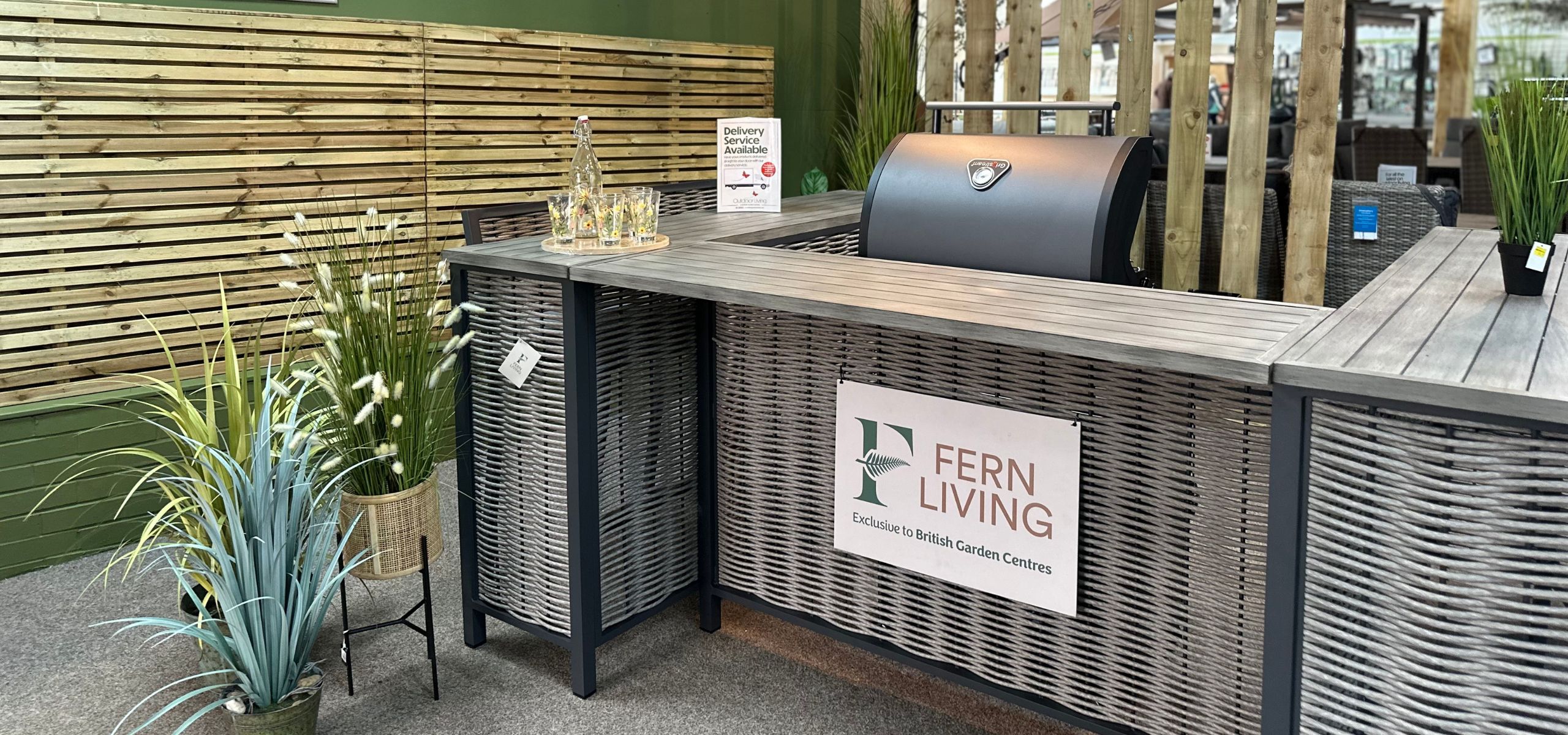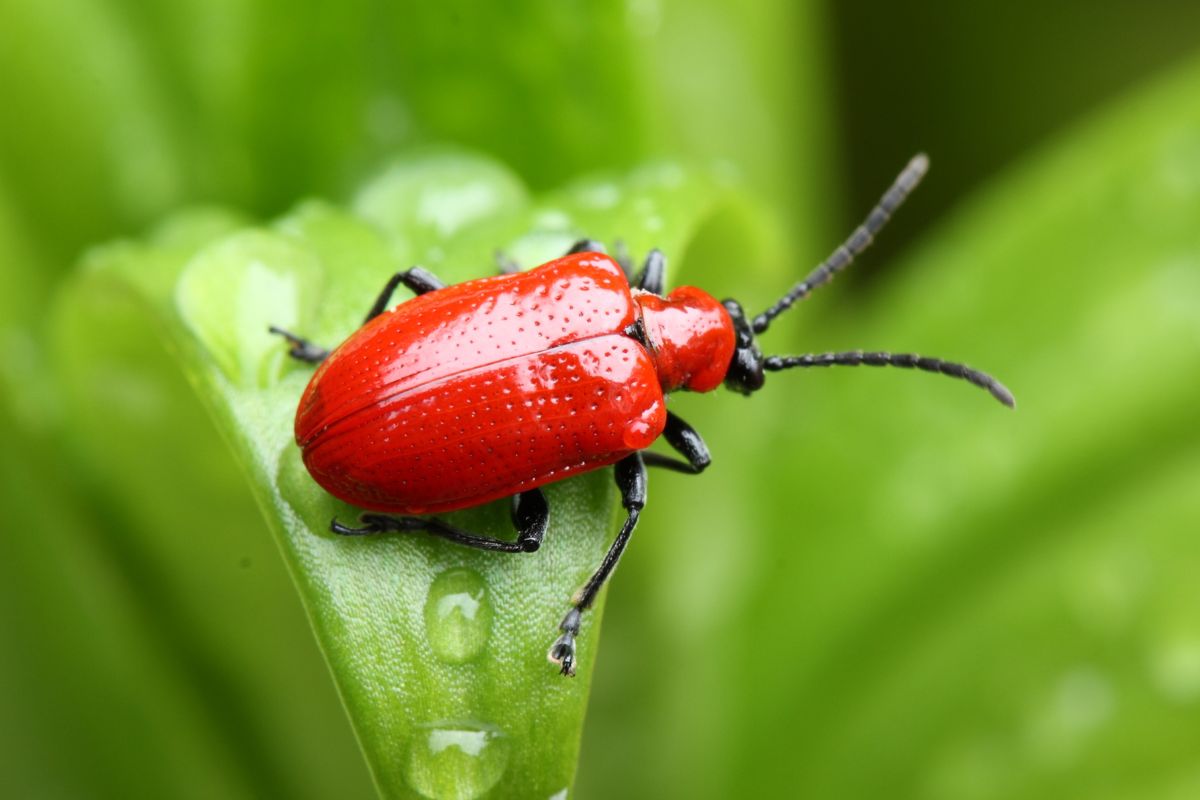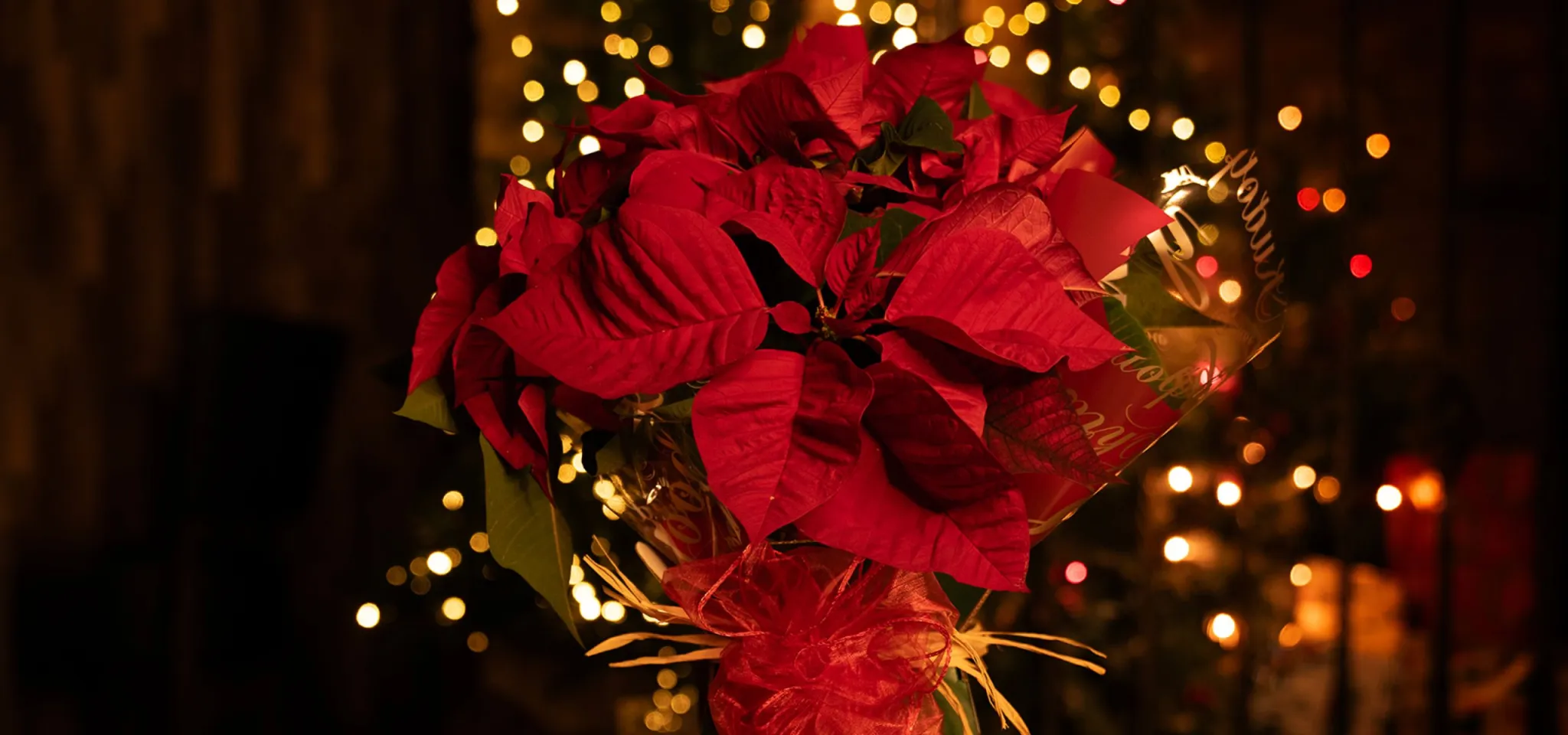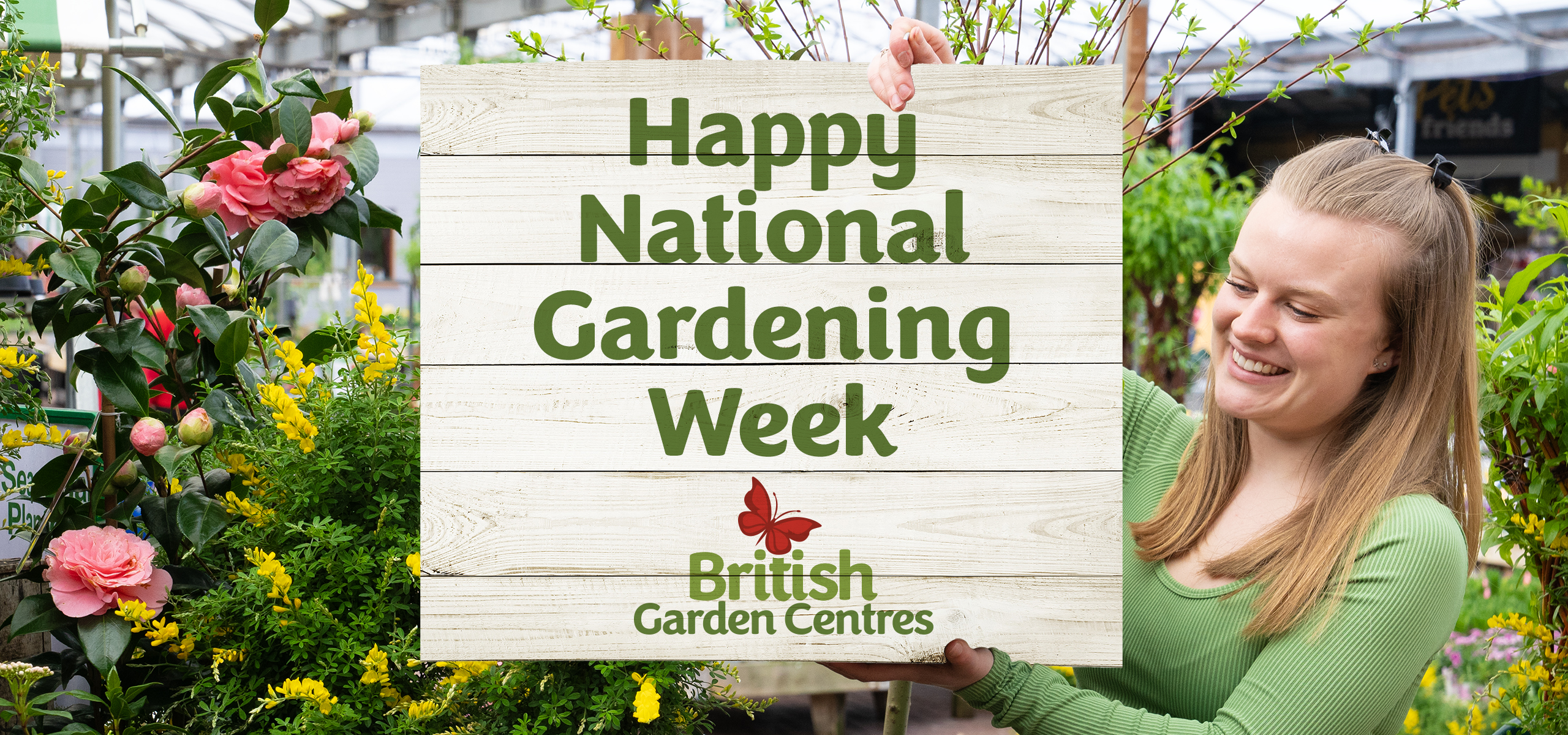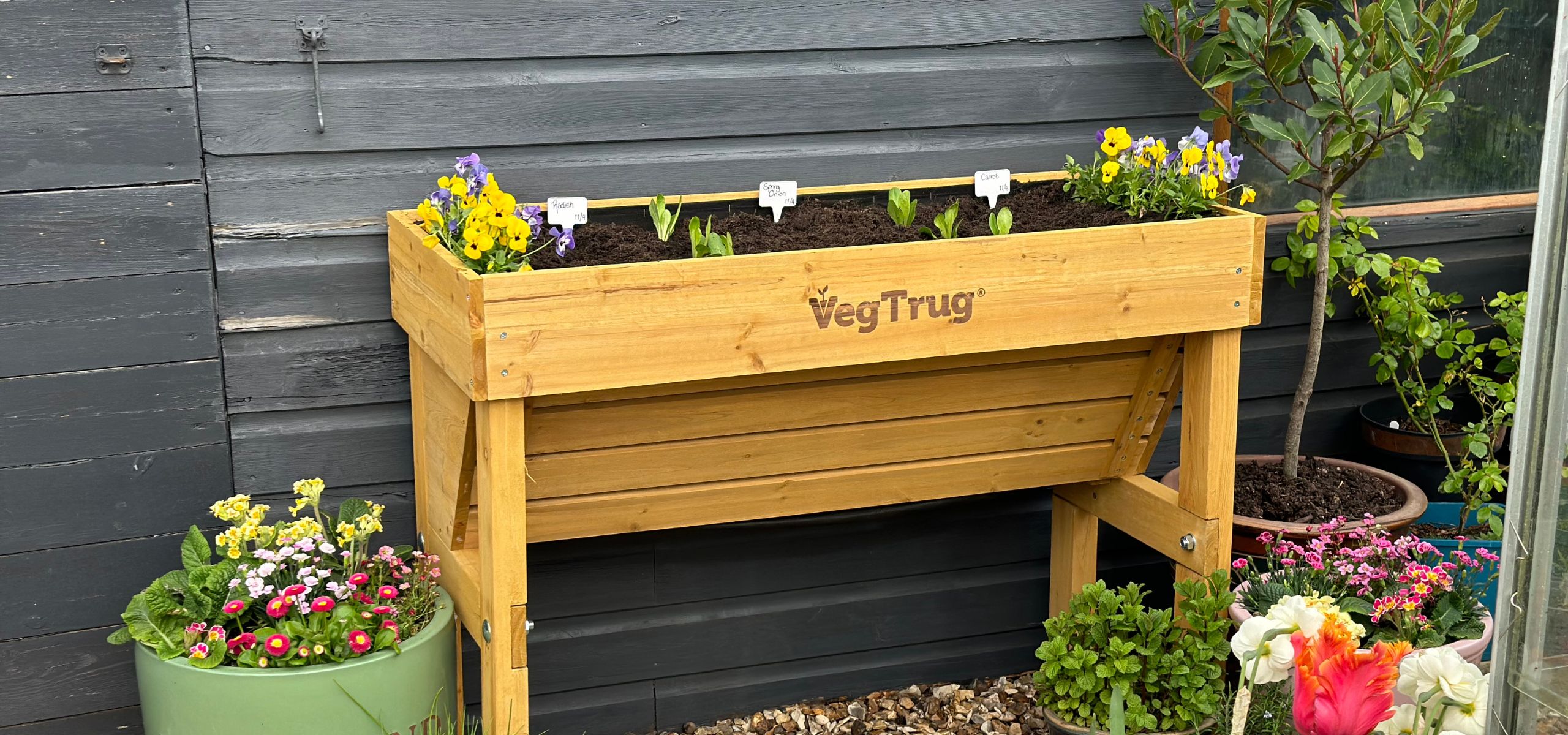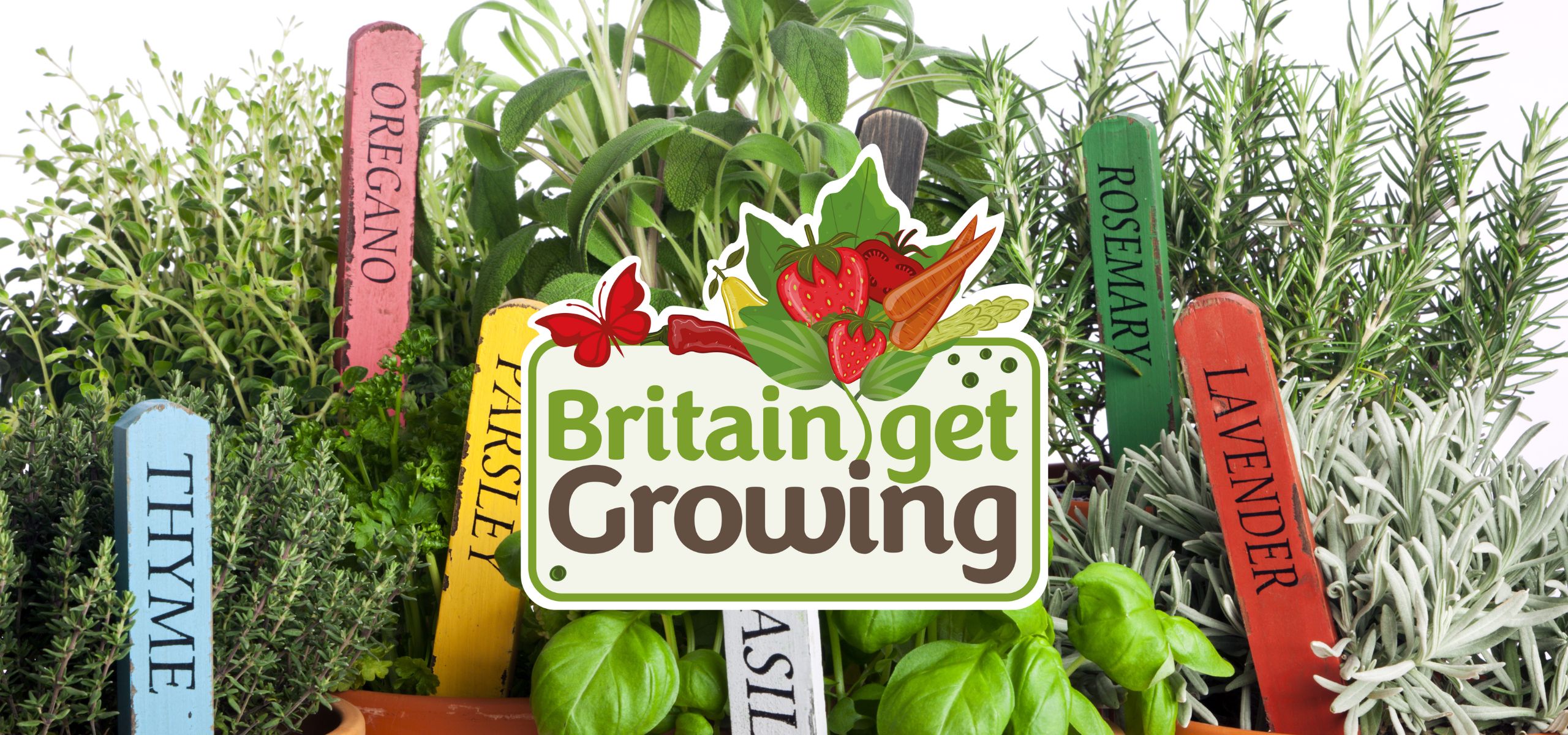Plug Plants
There is a great sense of satisfaction when you nurture a young plant from its earliest days through to flowering. At this time of year, the extensive range of Kinder Plants allows you to grow a broad range of summer flowering plants without having to start from seed. If you have wondered about these baby plants but never ventured into this tiny world of plants read on, they’re really not difficult to grow.
What are they?
Kinder Young Plants are a range of seed and cutting raised summer bedding plants. For ‘bedding’ think borders, pots, hanging baskets, balcony pots – in fact, anywhere you want to add a splash of summer colour! They, along with summer flowering bulbs, are the earliest herald of long summer days to come. The variety is huge and there will be a consistent offer over the next few weeks, certainly into early/mid-April. If you are planning a large display this summer then, other than sowing seed, they provide the best value bedding.

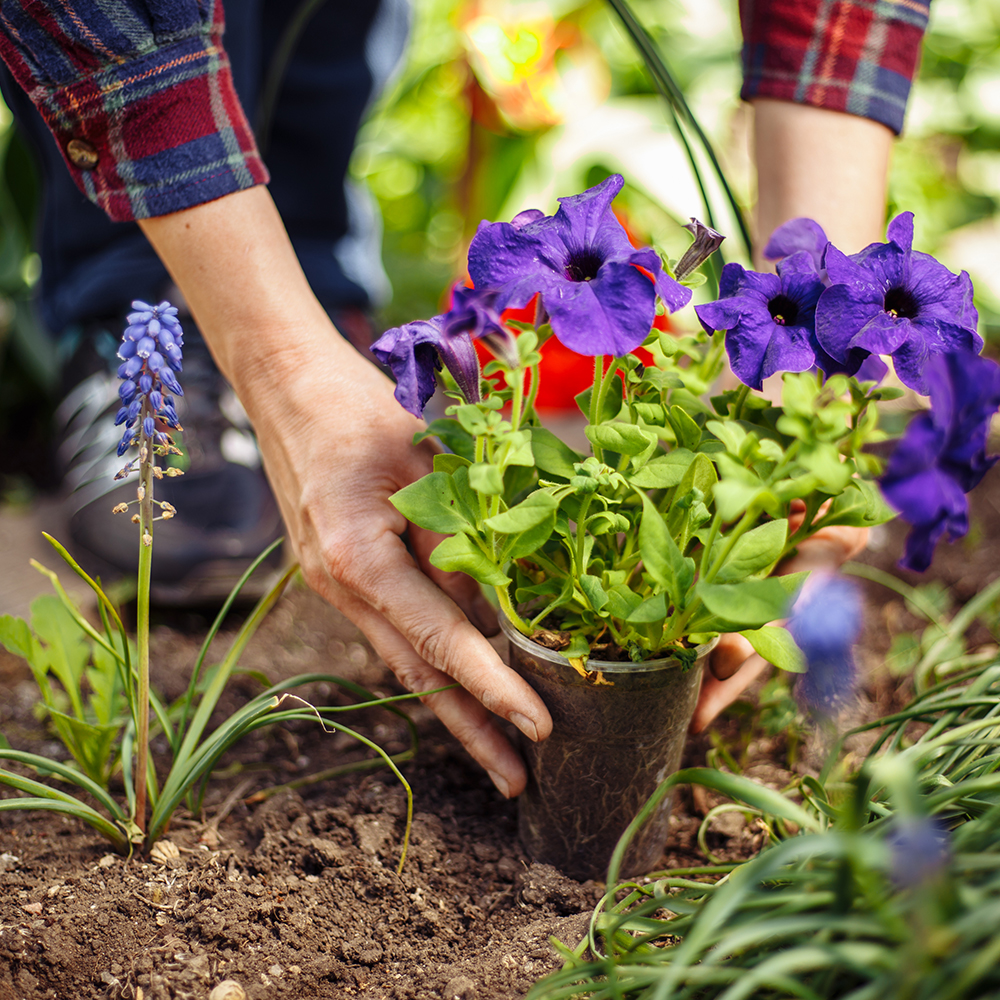
How to plant and care for them?
These tiny plants must start life in warm, but not hot, conditions. Certainly frost free is a must so don’t put them in the cold greenhouse as there’s still plenty of time for frosts. When you get the plants home it is a good idea to pot them in larger pots so they start to develop a bigger root network – good roots lead to great flowers! Don’t be tempted to jump to too large a pot; a 3½” / 9cm pot will be perfect for young fuchsias etc. The little pots of seedlings can be transferred to cell trays; these are the trays with multi pockets. Put 2 or 3 seedlings into each cell. As you move through April and May acclimatise your plants slowly from heated to unheated space by placing them on unheated windowsills or a frost-free greenhouse. They will romp away once planted, they will develop good strong root structures and a good amount of top growth.
To create bushy plants you should ‘pinch’ out the early growth. Once you have a few leaves you gently pinch the tops out, do this just above a pair of leaves. This will encourage the plant to grow multiple shoots at the pinched point and ultimately a much larger plant.
DO NOT plant young plants outside until the danger of frost has completely passed, the ideal growing conditions are 16-18 degree Celsius.
When feeding and caring for these plants do not over water them but water them enough that the compost is thoroughly moist and do not water again until the surface is completely dry again.
Feeding
Initially, you won’t need to feed your plants as the compost you have potted them into will have an amount of fertiliser in the mix. Peat-free ‘Tub & Basket’ compost is perfect for growing these plants. Once they have been growing a few weeks there are two ways to feed your young plants, using dry fertiliser or a liquid feed. Slow-release dry fertiliser can be added into the compost or spread over the surface, which helps release measured food across the season. Slow-release fertiliser looks like little eggs from an unknown creature The liquid feed is added to your watering can and delivered to your plants as you water them.

